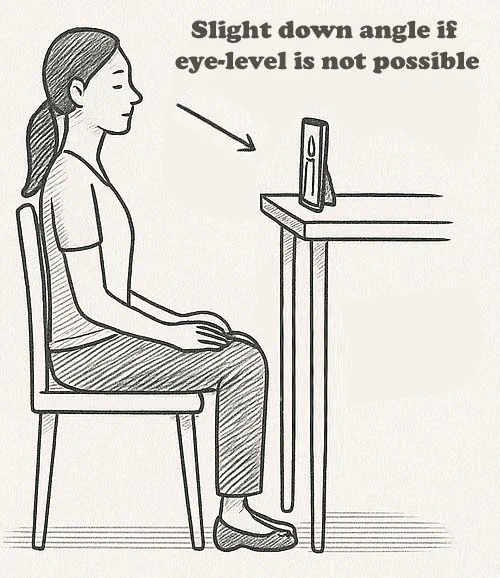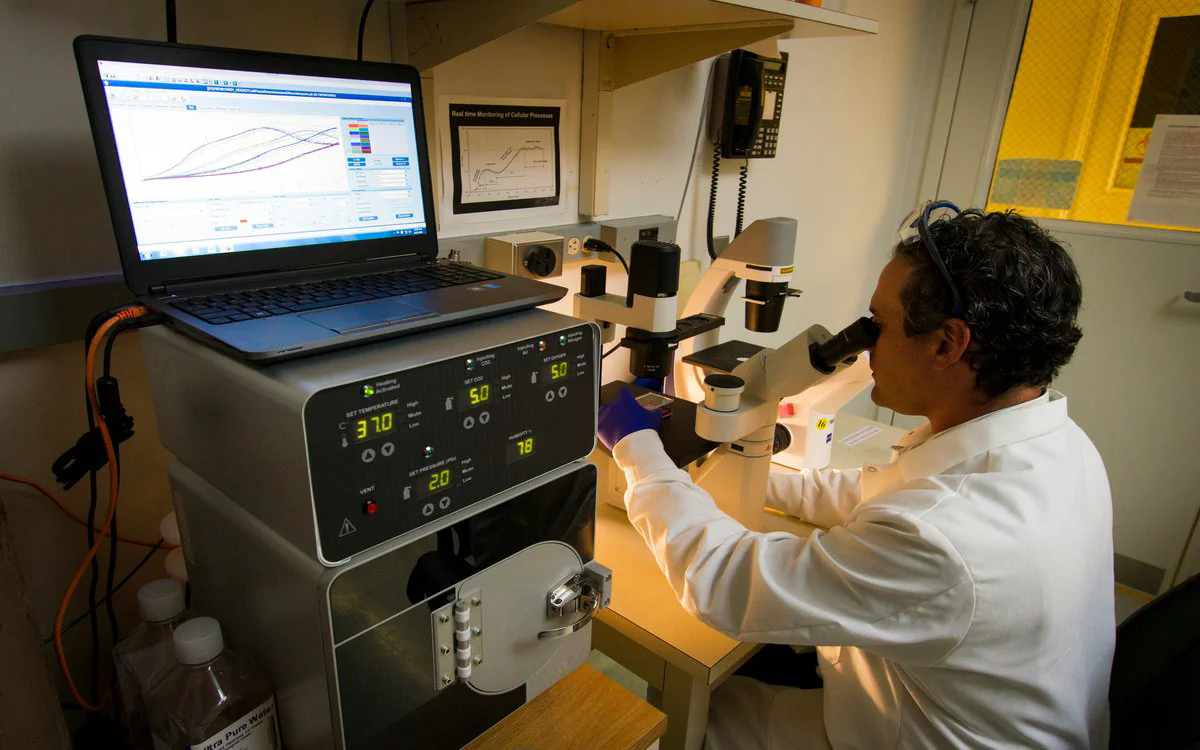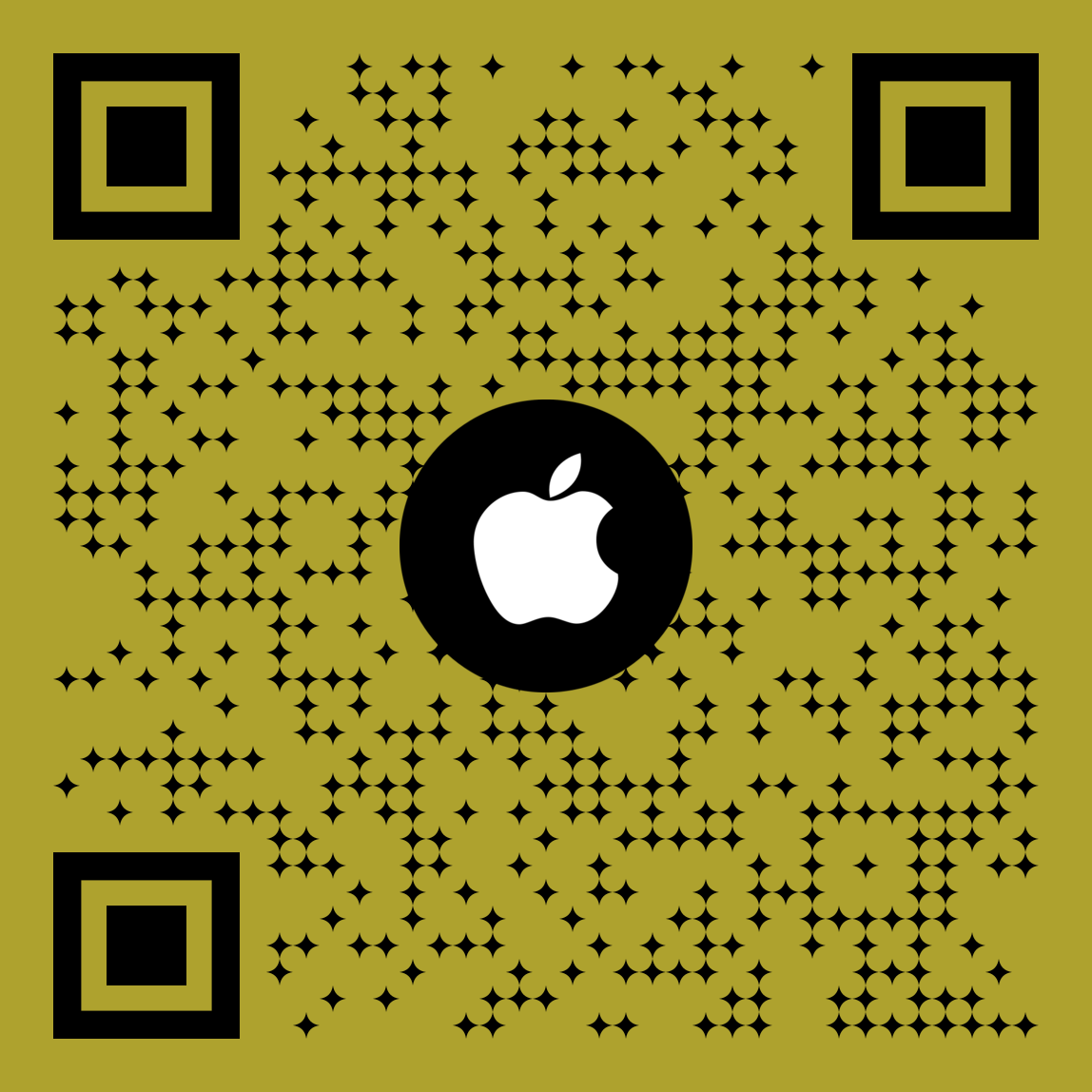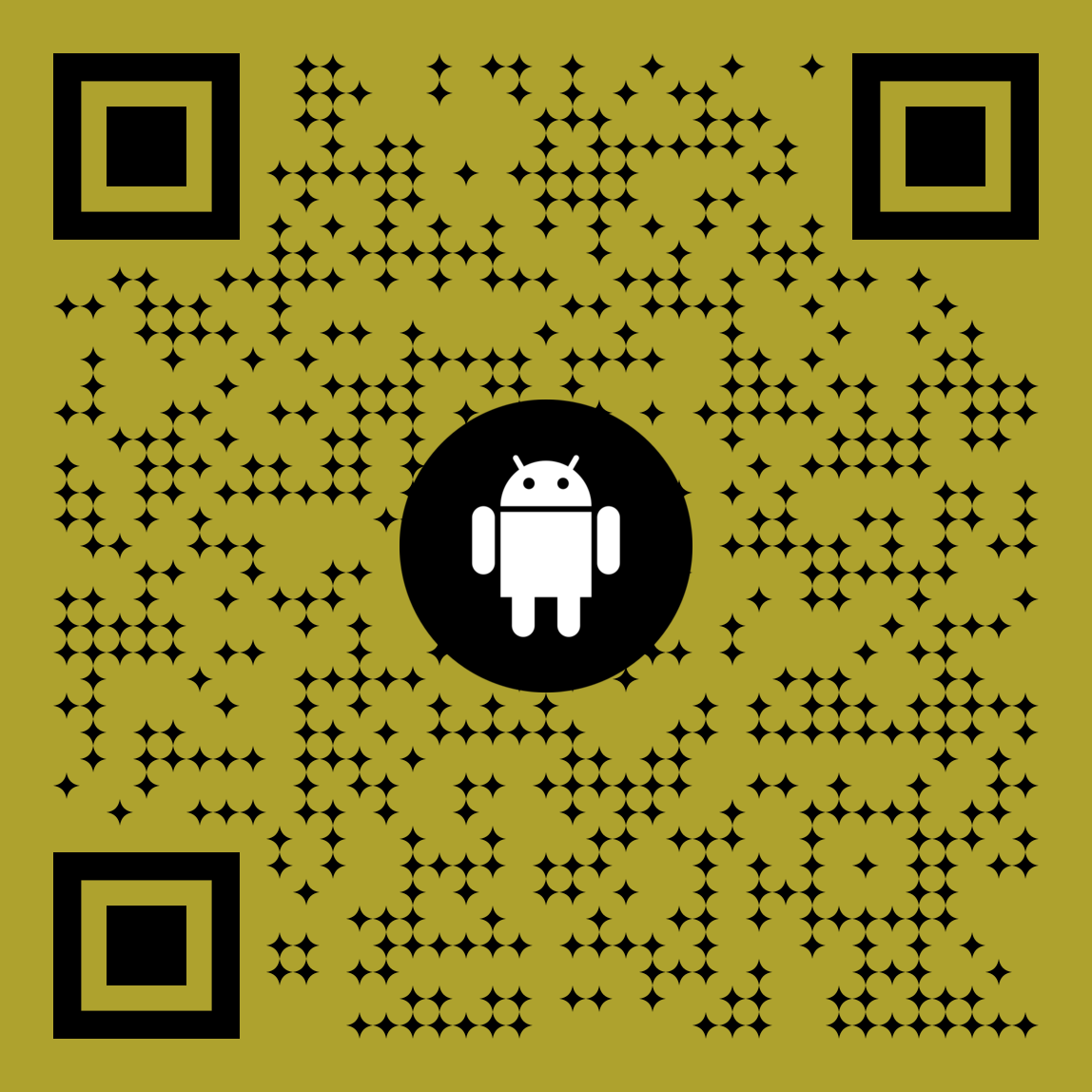Virtual vs Physical Tratak: Pros and Cons
Info
💡 Tratak can be practiced with a real flame or through a digital screen. This article explores their differences—physiologically, cognitively, and practically—to help you choose the right medium. For virtual practice, check out our meditation app.
🔍 Introduction: Two Ways to Gaze, One Purpose
Tratak meditation is rooted in yogic tradition as a visual concentration technique. Traditionally, it is performed by gazing at a candle flame, but modern adaptations have introduced virtual Tratak via mobile apps and websites.
Both aim to stabilize attention and quiet the mind. But how do they compare in terms of efficacy, safety, and experience?

Checkout the Gallery for further instructional sketches
🧘 What is Tratak, and Why the Medium Matters
Tratak (त्राटक) involves focused, unwavering visual attention on a single object—often a flame—until the mind stills and inner awareness deepens.
Why does the medium matter? Because the quality of light, peripheral stimulus, and eye behavior vary significantly between:
- 🔥 Real flame (organic light, dynamic flicker)
- 💻 Digital display (pixel-based light, uniform emission)
This alters the experience, neurological response, and sensory demands of the practice.
💻 What is Virtual Tratak?
Virtual Tratak involves gazing at a simulated flame or dot on a screen, commonly via:
- Meditation apps
- Animated websites or YouTube videos
- Static images in fullscreen mode
Key traits:
- Zero fire risk
- Available 24/7
- Adjustable brightness
- Can be combined with guided voice, timers, and ambiance

It’s ideal for busy schedules or travelers—but is it the same as the real thing?
🕯️ What is Physical Tratak?
This refers to traditional Tratak using a real candle, often placed:
- ~1 meter from the eyes
- At eye level
- In a dark, quiet room
Benefits include:
- Realistic flame flicker engages visual tracking
- Induces vivid afterimages post-gaze
- Involves real-world spatial depth and eye accommodation
It’s embodied—you feel the warmth, see the shadows shift, and must sit with care.

👁️ Sensory Differences: Light, Motion, and Depth
The light source profoundly affects Tratak outcomes:
| Feature | Physical Flame | Digital Image |
|---|---|---|
| 💡 Light Quality | Warm, analog, dynamic | Cold, pixel-based, static |
| 🌊 Movement | Subtle flicker | Often static or pre-set |
| 👁️ Eye Engagement | Full oculomotor tracking | Flattened 2D light |
| 💧 Tear Reflex | Yes (from real luminance) | Minimal or absent |
| 🌟 Afterimage Vividness | High | Low to medium |
Research shows that flickering natural light activates the retino-hypothalamic pathway, aiding circadian rhythm, whereas screens often suppress melatonin due to blue light emission (Goleman & Davidson, 2017).
🛡️ Accessibility and Safety
Info
🏠 Virtual Tratak is safer for casual use, while physical Tratak requires careful setup and supervision—especially with candles.
| Factor | Physical Tratak | Virtual Tratak |
|---|---|---|
| 🔥 Fire Hazard | Yes | None |
| 📱 Device Required | No | Yes (phone/tablet) |
| 🏠 Room Setup Needed | Yes (dark, safe) | Minimal |
| 🎒 Portability | No | Very high |
| 😵 Eye Strain Risk | Lower (short-term) | Higher (long screen use) |
| ⏰ Ideal Practice Time | Evening/night | Anytime |
🧠 Cognitive Depth and Neural Response
Tratak has been shown to:
- Increase alpha and theta brainwaves
- Improve reaction time and working memory
- Activate visual-spatial and attentional networks
These findings are especially strong in physical Tratak contexts. For example, a study published in Journal of Ayurveda and Integrative Medicine (PMC8718544) found that candle-based Tratak significantly improved cognitive performance in elderly participants over 14 days.
Virtual Tratak, while under-researched, may mimic some benefits—but the afterimage vividness and sensorimotor involvement are often reduced.
🕒 When to Choose Virtual or Physical Tratak
| Use Case | Recommended Form |
|---|---|
| 🌅 Morning focus boost | Virtual Tratak |
| 🌙 Evening unwinding | Physical Tratak |
| ✈️ Practicing in travel or office | Virtual Tratak |
| 🧘 Deep meditative immersion | Physical Tratak |
| 📵 Screen detox or digital sabbath | Physical Tratak |
| ⚡ Fast access, short duration | Virtual Tratak |
| 🛡️ Safety / Fire Hazard Concerns | Virtual Tratak |
| 💼 Workplace mindfulness break | Virtual Tratak |
🔄 Virtual Tratak vs Physical Tratak
| Aspect | Physical Tratak | Virtual Tratak |
|---|---|---|
| 🔥 Medium | Real flame | Screen image or animation |
| 💡 Light impact | Dynamic luminance | Pixel-based light |
| 👀 Gaze control | User-paced | Sometimes pre-set |
| ⚠️ Safety concerns | Fire, smoke, eye fatigue | Digital brightness, dry eyes |
| 🎯 Recommended for | Depth practice, tradition | Convenience, quick start |
Use virtual if traveling or tired. Use physical for maximum sensory engagement and deeper presence.
🔄 Best of Both: A Hybrid Routine
A mixed approach might look like:
- Morning: 3–5 minutes virtual Tratak (tablet, neutral background)
- Evening: 8–10 minutes physical Tratak (real flame, silent room)
This balances:
- Digital convenience
- Physical immersion
- Light exposure rhythms (sunrise vs post-sunset)
🔚 Conclusion: Choose the Flame That Works for You
Both physical and virtual Tratak aim to stabilize visual attention and quiet the mind. Each has strengths:
- Real candles induce deeper sensory engagement and afterimages
- Screens offer convenience and zero setup
Ready to try virtual Tratak? Start with our meditation app for a guided experience.
You don’t have to pick just one. The best practice is the one you can commit to safely, consistently, and with full presence.
📚 References
- Goleman, D. & Davidson, R.J. (2017). Altered Traits: Science Reveals How Meditation Changes Your Mind, Brain, and Body.
- Raghavendra, B.R. et al. (2021). Effect of Trataka on Cognitive Function in the Elderly. PMC
- Garg, R. (2023). Mind-Wandering and Tratak in Tele-Yoga. PDF
- General guidelines on blue light and digital eyestrain from ophthalmology research
- Lutz, A., et al. (2008). Attention regulation and monitoring in meditation. Neurosci. Biobehav. Rev.
- Swami Satyananda Saraswati. Asana Pranayama Mudra Bandha. Bihar School of Yoga

